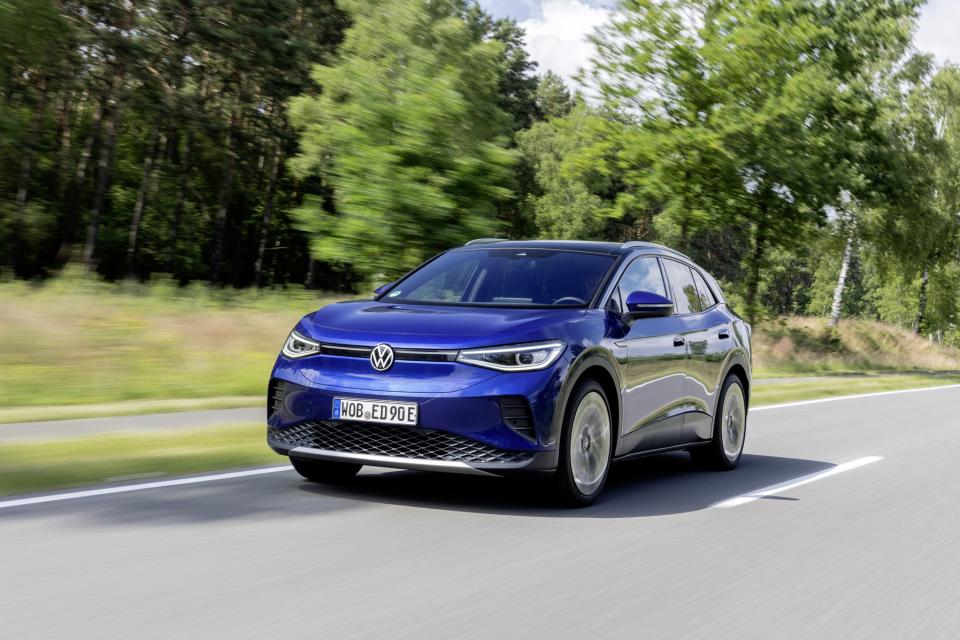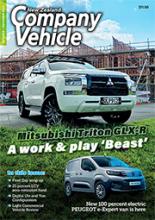ANCAP SAFETY, has released five-star safety ratings for the new Volkswagen ID.4 and ID.5 models available for purchase in New Zealand.
Volkswagen’s first fully-electric SUVs both scored well across the range of independent safety tests and assessments, with the five-star rating applying to the following variants sold in New Zealand:
• Volkswagen ID.4 PRO
• Volkswagen ID.4 PRO+
• Volkswagen ID.5 PRO
• Volkswagen ID.5 PRO+
“New Zealand has been working hard to increase the availability of alternative-powered new vehicles into its fleet, and these two new five-star ratings will assist with shift towards newer, safer and greener model choices,” said ANCAP Chief Executive Officer, Carla Hoorweg.
The ID.4 and ID.5 were assessed against ANCAP’s 2020-2022 rating criteria, and as ‘partner’ models, both demonstrated strong performance in Adult Occupant Protection with a score of 93%. High scores were achieved for protection in frontal and side impact crash tests, as well as vehicle-to-vehicle compatibility, however excursion (sideways movement) of the front seat occupant in the vehicle-to-pole far side impact test was relatively high, resulting in a reduced score for that scenario.
Child Occupant Protection (COP) scored well with full marks achieved in the frontal offset and side impact crash tests which contributed to an overall COP score of 89%. Importantly, both the ID.4 and ID.5 supplied in New Zealand are not fitted with child restraint anchorages in the centre rear seating position and these seating positions should not be used to transport younger children.
An Adequate level of performance was recorded for the ID.4 and ID.5’s ability to automatically detect and respond to pedestrians and cyclists. An Adequate level of performance was recorded for active emergency lane-keeping (ELK) functionality, with a Good score recorded for active lane keep assist (LKA).
In contrast to ID.4 and ID.5 models supplied to the European market, New Zealand models are not equipped with a speed limit information function (SLIF). SLIF systems use in-built cameras and/or map data to establish the local speed limit and advise the driver so that the speed of the vehicle can be adjusted to suit the sign-posted speed. Omission of a SLIF resulted in a reduced Safety Assist score of 76% for New Zealand models, compared with the Safety Assist score of 85% applicable to European models.



